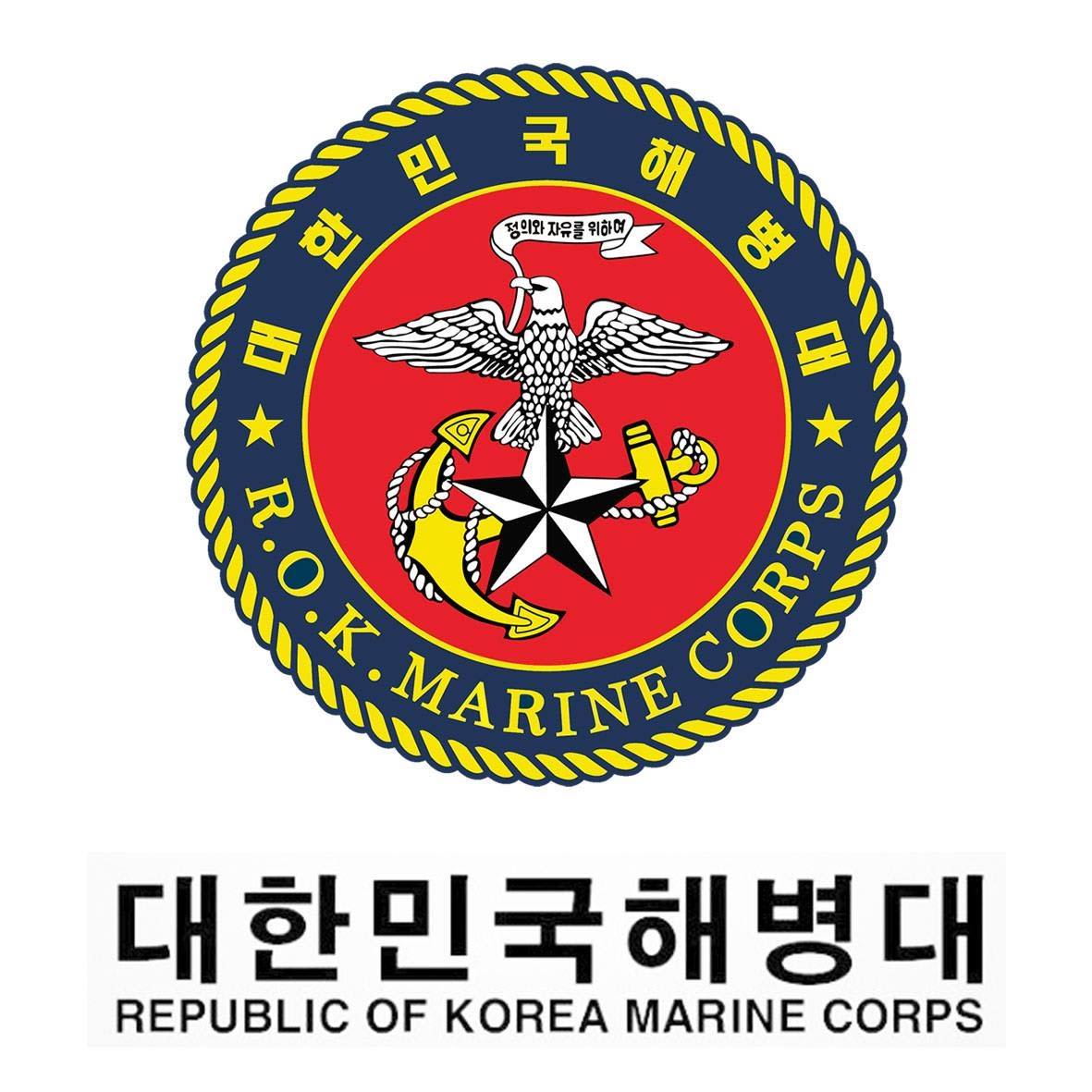


The annual ‘Iron Fist’ exercise comes ahead of a first-ever deployment of the Amphibious Combat Vehicle later this year
An annual joint exercise involving the Marine Corps and the Japanese Ground Self-Defense Force proved an opportunity for the U.S. service to prepare its newest amphibious vehicle for a planned deployment later this year, commanders said Wednesday at Camp Pendleton.
The exercise marks the first waterborne operations of the Marine Corps’ new Amphibious Combat Vehicle in a named exercise — one of many milestones to come this year as the Corps plans to send the vehicles on deployment, for the first time, later this year with the 13th Marine Expeditionary Unit.
Lt. Gen. George Smith, Jr., the commanding general of the Camp Pendleton-based I Marine Expeditionary Force, told reporters during Wednesday’s exercise that the lessons learned from those investigations are being applied to operations during Iron Fist.
“One of the fundamental lessons that we learned was the absolute imperative of progressive, building-block training for both crews and embarked Marines,” Smith said. “So we not only benefited in Iron Fist in training with our Japanese allies, but concurrently we were able to lay some of those fundamental building blocks for our ACV platoon to build upon in an extensive pre-deployment training program with the 13 Marine Expeditionary Unit.”
For the Japanese, the exercise was an opportunity to hone its amphibious operations, according to Maj. Gen. Shingo Nashinoki, the commanding general of the Japanese Amphibious Rapid Deployment Brigade, who spoke via a translator.
Unlike the Marines, the Japanese are still using AAVs in waterborne operations. However, Nashinoki said, their vehicles are a revised version of the one the Marines use and the ARDB follows strict regulations when operating the vehicles. After the tragedy in 2020, Nashinoki said, the ARDB inspected each of its 52 vehicles to confirm watertight integrity and safety.
This year’s exercise included almost 900 Marines and 200 Japanese soldiers. In addition to the waterborne operations, troops fired live ammunition in squad- and platoon-level infantry exercises both on Camp Pendleton and at Marine Corps Air Ground Combat Center Twentynine Palms.
Smith said training with the Japanese is an important part of deterring China in the contested waters of the Indo-Pacific region.
“Together, we are stronger and present a credible deterrence to those that would challenge a free and open Indo-Pacific,” Smith said. “The United States and Japan share common goals in the Indo-Pacific region, where effective amphibious operations are vital to effective crisis response, regional maritime security and deterrence.”
Iron Fist began Jan. 10 and will finish Feb. 16.
'해병대 훈련' 카테고리의 다른 글
| 미해병대 U.S. Marines in Hawaii train for a future in the ‘grayzone’ (0) | 2022.11.06 |
|---|---|
| 해병대 신병들 ‘혹한기 훈련’ (0) | 2022.11.05 |
| 미, 일해병대 Marines Drill with Japanese Forces in Test of New Island-Hopping Concept (0) | 2022.11.05 |
| 미해병대 US Marine Corps Conduct Ship-To-Shore Training With ACVs (0) | 2022.11.05 |
| 아르헨티나 해병대 Marine Corps Training at Battery Base (0) | 2022.11.04 |




